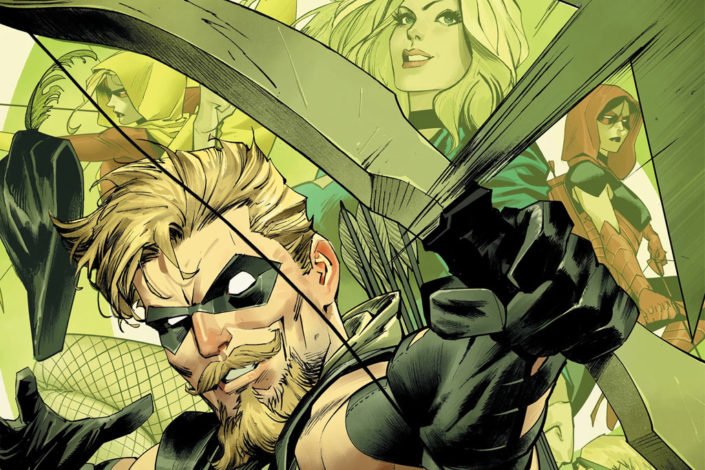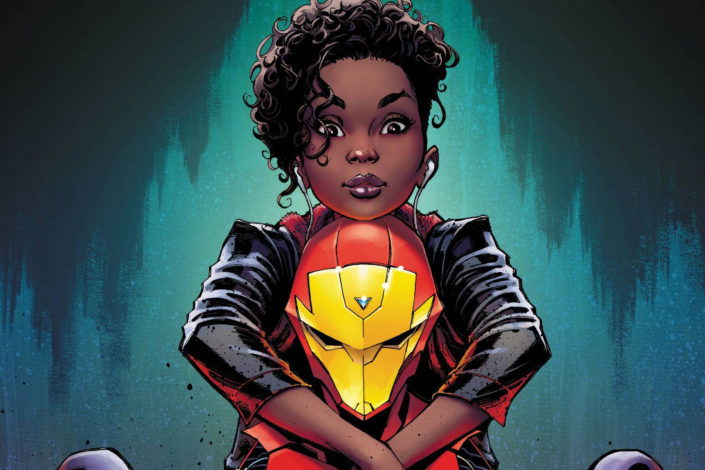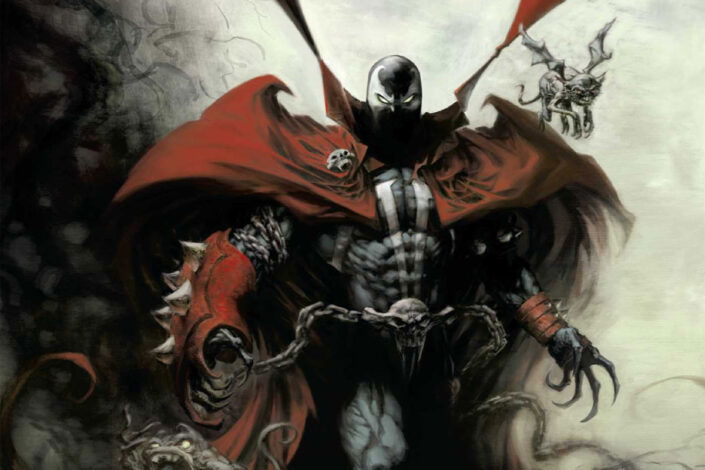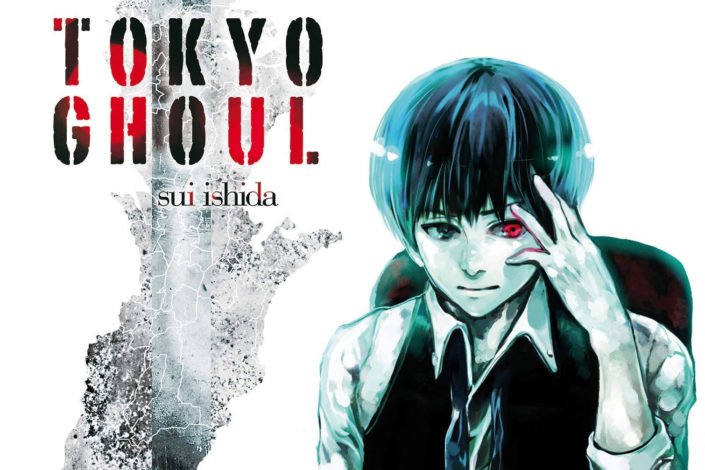A.X.E: Judgment Day Reading Order (Avengers/X-Men/Eternals)

Starting this summer, Judgment Day is the latest Marvel Comics crossover event! Written by Kieron Gillen and with art by Valerio Schiti, A.X.E: Judgment Day will put the Avengers, X-Men, and Eternals in the heart of a deadly conflict.
Here is the official synopsis: The battle for the planet is here! The X-Men claim they’re Earth’s new gods. The Eternals know that position is already filled. And the Avengers are about to realize exactly how many secrets their so-called friends have been keeping from them!
Years of tension are about to lead to a volcanic eruption — and two worlds will burn! Who has leaked the X-Men’s secrets to their latest foes? Why is Tony Stark abducting an old friend? And who stands in judgment over the whole world?
What to read before A.X.E: Judgment Day?
Being an event coming from Kieron Gillen and Valerio Schiti, you certainly need to be up-to-date with their Eternals’ run:
- Eternals Vol. 1: Only Death is Eternal
Collects Eternals (2021) #1-6. - Eternals Vol. 2: Hail Thanos
Collects Eternals (2021) #7-12.
But also with Kieron Gillen and Mark Brooks’ Immortal X-Men
- Immortal X-Men
- as well as other Destiny of X titles like X-Men (#11-12, X-Men – Hellfire Gala (2022) #1), X-Men Red. No Avengers reading really required.
Read More »A.X.E: Judgment Day Reading Order (Avengers/X-Men/Eternals)








